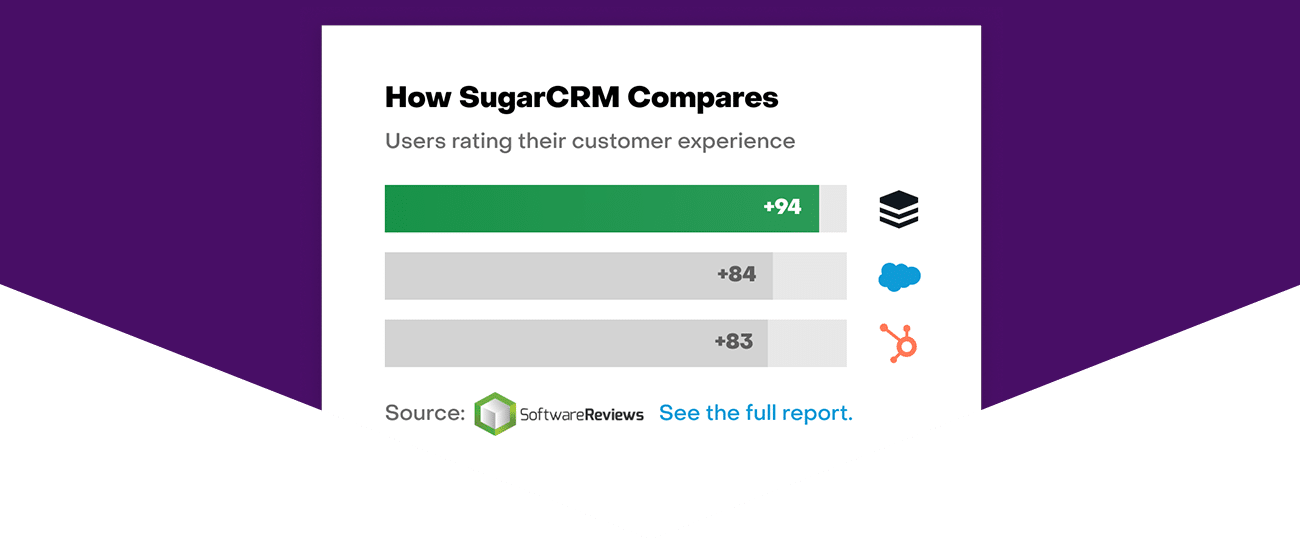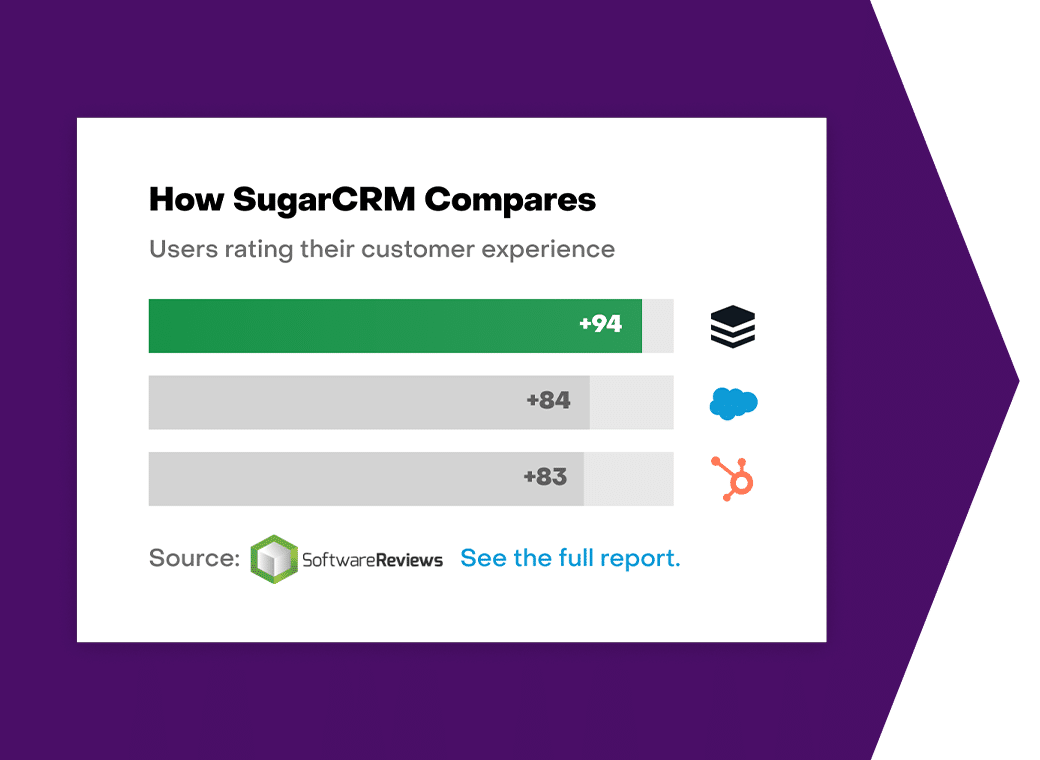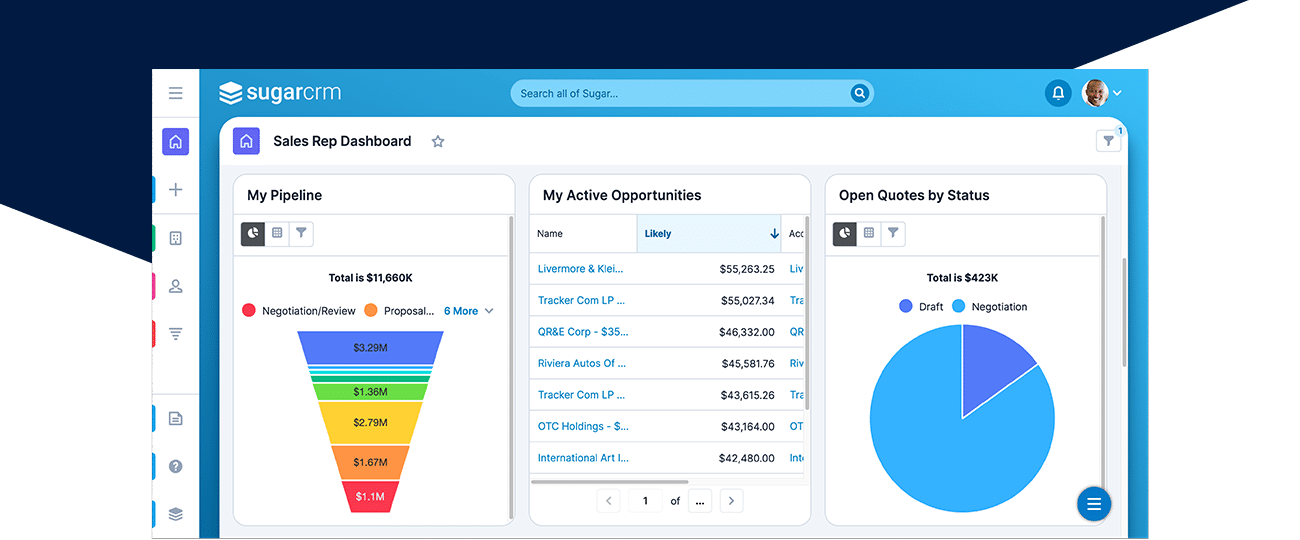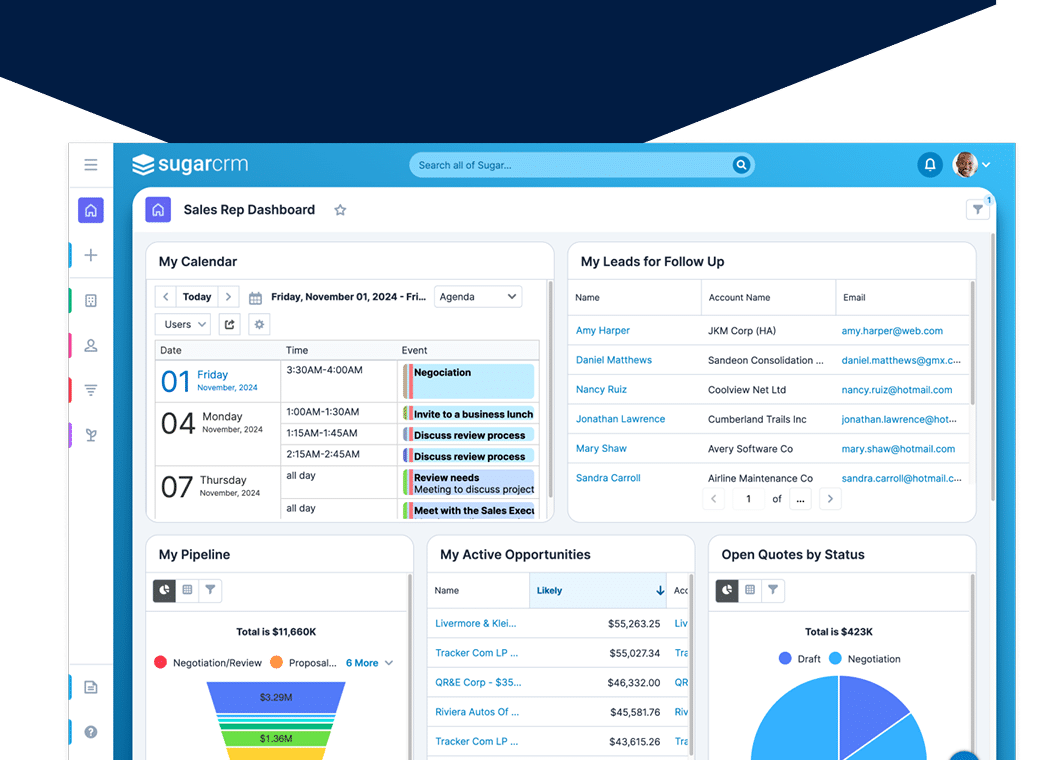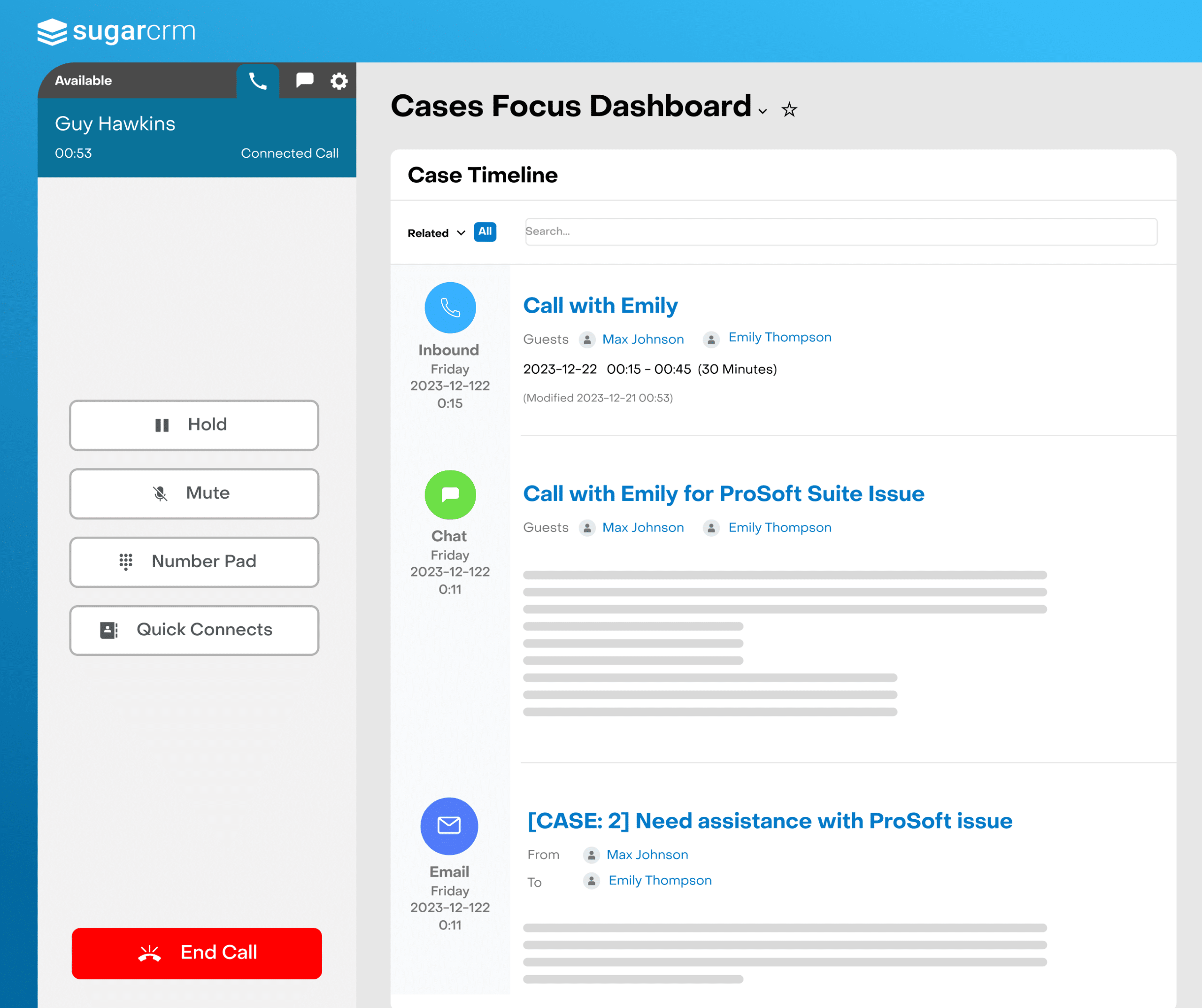How Large Language Models and Generative AI Are Transforming Sales Activities
Large Language Models (LLMs) have gained the attention of B2B operators over the past two years. Sales professionals are curious about integrating this technology into their daily activities and how LLM and generative AI can simplify their workflows and relieve them of some of the mundane tasks that take up the time they could use for actively selling.
In no time, the LLM landscape has become highly competitive, with some vendors trying to replicate what ChatGPT, Google’s Bard, Microsoft’s Bing Chat, Meta’s Llama, Salesforce’s Einstein GPT, Anthropic’s Claude 2 have succeeded to do. However, B2B enterprises still wonder which model is the best for their sales scenario and which they should look into deploying.
However, no universal LLM or generative AI solution can serve all sales professionals. Their utility and applicability largely depend on your teams’ specifics and daily routines.
What we'll Cover:
How to Select the Right LLM and Generative AI Solution for Your Sales Teams
Although many sales executives rush to make decisions out of fear of being left out or falling back on technology adoption, such decisions shouldn’t be made quickly.
1. Determine Use Cases
Before selecting an LLM to incorporate into your sales tech stack:
- Ensure you thoroughly analyze the use cases for which you’ll use the application.
- Prioritize those use cases according to your needs.
- Remember that your technology should support your processes, not vice versa.
- Prospect the market and see how the available solutions would fit into your rep’s daily routines, depending on your first identified priorities.
-
- Summarize client conversations from different standpoints.
- Automated status updates about opportunities, accounts, and portfolios based on the seller’s activity.
- Inbound emails or marketing activity and response.
Besides, how these solutions fit into your company’s organizational structure is also relevant. For instance, some organizations make sales responsible for heightening awareness about products and services. In other companies, that responsibility falls to marketing.
Being transparent and precise about your strategy and goals will offer your business a competitive edge as they work wonders in capturing, compressing, and reporting meaningful information about their market, competitors, etc.
2. Get IT on Board
Usually, all tech additions should have your IT department’s green light. This will help you select a solution that seamlessly works with your other applications, fits into your technology strategy, and features proper governance, implementation, and use cases. So, check in with your IT specialists and pay increased attention to the technology’s governance and compliance attributes.
3. Compare the LLMs Available
While many would think that building an LLM from scratch to fit your organizational needs and sales scenarios is the best solution, Zac Sprackett, Chief Technology Officer at SugarCRM, disagrees.
“The barrier to entry is low. There are partners out there who can help companies get the most value out of an LLM so that they can focus on their business.”
But how do you ensure you select a suitable LLM for your organization? The answer is not easy, but Zac has some wisdom to share.
“ChatGPT captured a lot of people’s attention because it was the first to wrap a great user interface around the large language model, and [OpenAI was] bold enough to put it out in front of people, warts and all, and let it capture people’s hearts and minds.”
– Zac Sprackett, Chief Technology Officer, SugarCRM
According to Zac, the LLMs available today offer a variety of features and capabilities that can be quickly integrated into all sales reps’ daily routines. However, he points out that LLM from CRM vendors offers some added benefits: they can pull information directly from the CRM solution and return solutions to your sales reps’ daily tasks and duties. All this is done while additional integration and code work are minimal.
“ChatGPT, Google, and others don’t have that kind of customer-level detail, and they won’t be able to produce it. For a business that has a CRM system, having access to all of that data and using it in conjunction with large language models is critical for generating responses that aren’t generic, that are unique and tailored to your specific business and the way that you support your customers and the products and services that you deliver.”
– Zac Sprackett, Chief Technology Officer, SugarCRM
4. Switching LLMs
Although switching solutions in your tech stack is frowned upon, such changes are sometimes necessary. When it comes to LLMs, these technologies are very dynamic, and what your sales teams needed a few months back is now outdated and under the performance of new emerging solutions. If you only use the LLM tangentially, switching to a more advanced solution is straightforward and quick. However, things get complicated if your company has LLMs integrated with APIs.
In this case, search for a vendor that enables companies to switch from one LLM to another and to use different LLMs for different purposes, such as SugarCRM.
“Not everybody should have to be a prompt engineer to get all of the value from a large language model. Our responsibility as a vendor is to gather all the relevant information to produce the best possible response and assemble it behind the curtain so that the end user doesn’t have to.
It’s our job as a vendor to pull together all of those different data sources and ensure that they are available to create that crisp answer.”
– Zac Sprackett, Chied Technology Officer, SugarCRM
Although there isn’t a one-fits-all solution, LLMs are valuable assets to organizations that choose to deploy them as part of their CRMs. With such powerful tools, companies can accelerate sales and drive growth while allowing their sales reps to focus on the higher-value tasks in their daily routines.
If you want to learn more about how to overcome common sales challenges and boost adoption of your sales tools and content, download our Sales Automation Statistics Report!
This article was initially published on Destination CRM.


